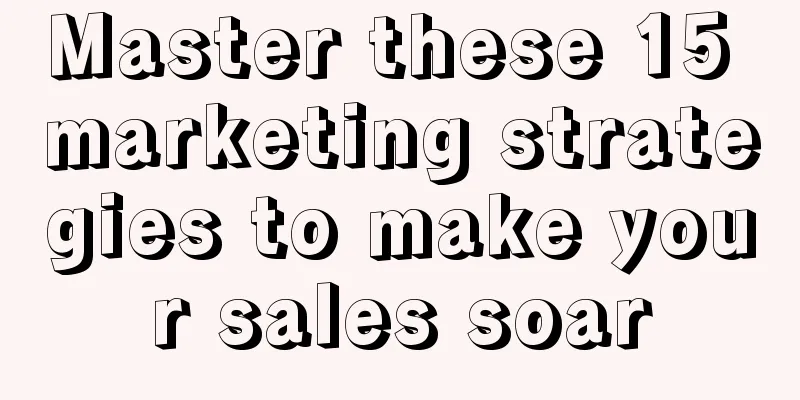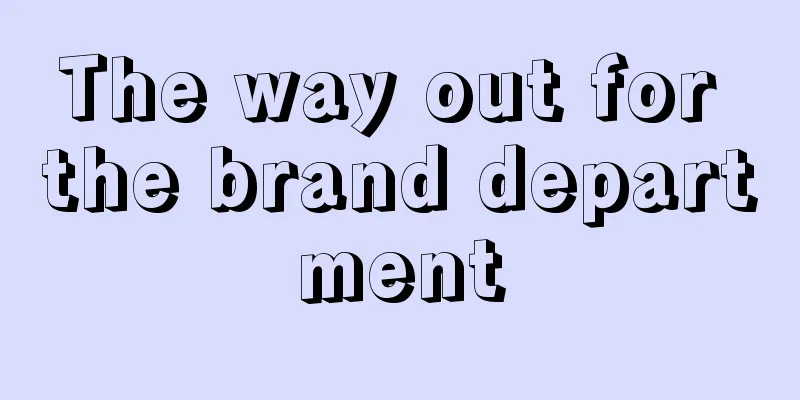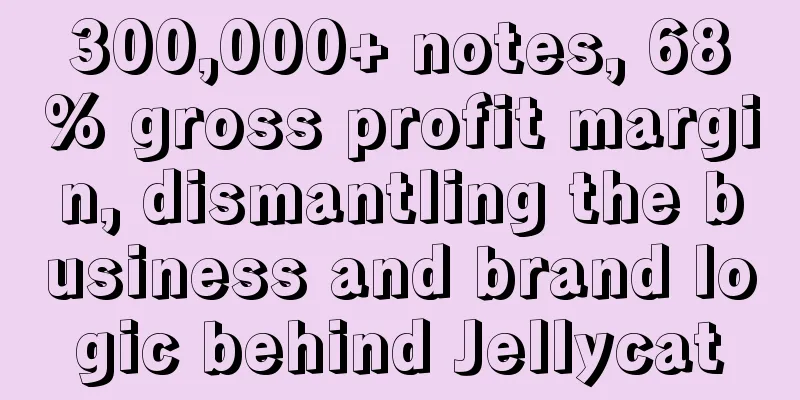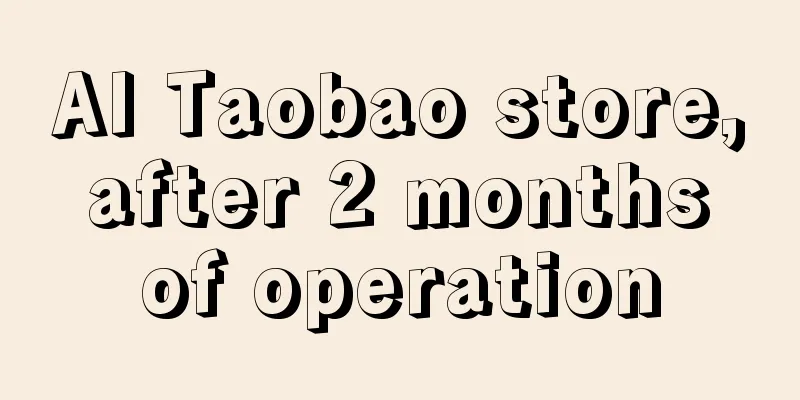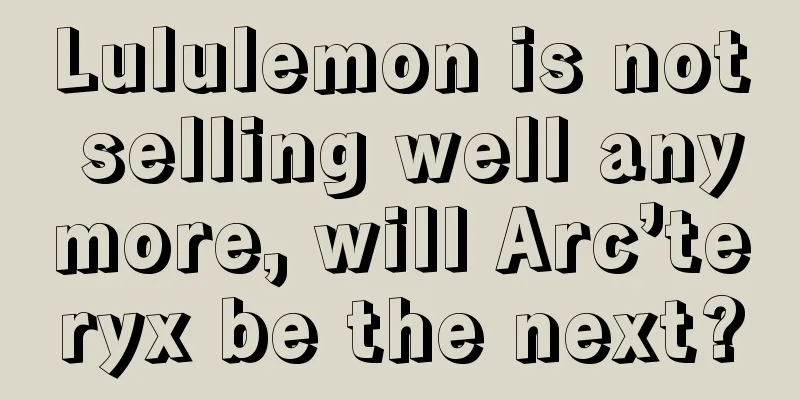How many "jack of all trades" do you have? Don't ruin yourself by planning

If you stay in a circle for a long time, you will find many strange phenomena, or chaos, and planning is no exception. Some people are complacent because they have a few so-called "god-level" plans. Why? Because every time they write a plan, they can "borrow" in various ways. Some people search everywhere to collect the so-called "jack of all trades" plans, and their intentions are self-evident. Can last year's plan still be used today after some modification? Why do so many people cling to "one-size-fits-all" plans? Don't even think about reusing planning plans, especially for planners in the early stages of development. Don't think about collecting some plans to deal with work every day, let alone copying a case! If you want to ruin yourself, you can do this. Regardless of the impact of superstitious reuse of plans on your own planning career, from the perspective of the plan itself, I think that a good planning case also has a shelf life and cannot be copied casually. 1. What is the aging period of a planning proposal?The so-called "best taste period" actually comes from the requirements for food. We know that food has a shelf life, but it also has a tasting period with the best taste, and this period with the best taste is the "best taste period". The best taste period of a planning proposal is the best "tasting" period of a planning proposal, that is, the best visual experience of the proposal. The visual experience here not only refers to the best visual experience, but also reflects all aspects of the proposal in terms of ideas, creativity, resources, media, etc. I think that the best combination of these overall factors constitutes the look and feel of a solution, and we also make a comprehensive judgment based on these factors when judging the quality of a solution. A good solution may not have a shelf life, but it must have a tasting period. Just like whiskey, as a distilled liquor, it has no shelf life, but the best tasting period after opening the bottle is about one to two weeks. Because once the bottle is opened, the wine will slowly oxidize as it comes into contact with air. Over time, the aroma and taste will gradually change, eventually leading to the destruction of flavor. The same is true for planning a proposal. At the time, in order to achieve the proposal effect and execution expectations, it must be closely followed by hot trends and exhaust all the resources and channels that seemed most suitable at the time. In today's era, information flows rapidly, and various changes can be said to be turned upside down in an instant. After that stage, many things in the plan may seem out of date. So, you want to copy a plan that has passed its tasting period and come up with something new? It is tantamount to fishing in a tree. 2. What factors affect the shelf life?Maybe you think that time is the killer of the tasting period, but it is not. Take whiskey for example. After opening the bottle, the alcohol in whiskey begins to evaporate, reducing the alcohol content. At the same time, the oxygen in the air will react with the components in the alcohol to oxidize, eventually causing the quality of the wine to deteriorate. Light and temperature will also affect the flavor of the wine. Yes, time is just a given, but many invisible factors have changed at different time points, which in turn affects the tasting period. The same is true for the tasting period of a plan. The influencing factors are often hidden in the dark. I think that among the factors that affect the tasting period of a plan, the following three are the most critical: 1. The nature of planning determinesThe basic logic of planning is to find the topic, analyze the topic, and propose a coping strategy to solve the topic. This corresponds to the analysis part, thinking part, and execution planning part of the planning plan. In other words, the whole plan revolves around the word "topic". Returning to the origin of planning, the essence of planning is to solve certain topics, which may be at the management level, product level, or cognitive level. When it comes to specific problems of specific customers, the planned topics are more focused and personalized. A general topic is definitely not a real topic, and a superficial topic is definitely not an effective topic. At the same time, the topics faced by customers will change in different periods or stages, and strategies and execution creativity are developed based on the topics, so the entire planning plan must be exclusive and customized. Only such a plan is a good plan. I often hear customers say that your plan is applicable everywhere, and it seems that anyone can do it. What does it have to do with me? These feedbacks actually show that the planning scheme lacks specificity. It can be seen that the nature of planning determines the shelf life of the scheme. If you want to copy the scheme, the underlying logic of planning will not allow it. Of course, different clients or different periods of time will have similarities or similarities, but the probability of absolute equivalence is small, because the business environment is constantly changing. 2. Impact of information flowIn the era of information exponential growth, the entire communication environment is constantly changing, resulting in subtle changes in the communication context, the way people receive information, the degree of content acceptance and cognition. Marketing solves the problem of efficient matching of products and demand transactions, which leads to different marketing plans in different periods, whether in terms of strategy, creative output or media combination. You can see this from the rise of short videos and live broadcasts in the past two years. If you compare the plan five years ago with the current plan, you will easily find obvious generational differences in creative gameplay, media combinations, and even PPT layout. The information gap creates differences in cognition and leads to changes in marketing methods, which naturally affects the shelf life of the plan. 3. Customer Preference InfluenceThe core logic of planning is to solve problems, but talent is often the biggest problem, because whether your planning plan can be implemented always needs the nod of the customer, which means that the core task of planning is actually persuasion. The art of persuasion naturally takes into account the customer's preferences. Suppliers and manufacturers influence and achieve each other, which is definitely not an empty talk. It is a very interesting phenomenon that if you serve a customer for a long time, your planning style will form a bias, a bias that the customer likes. Yes, your strategic language, narrative logic of the plan, and the choice of creative ideas and resources will all be unconsciously close to the client's preferences. In other words, the specificity of the planning plan is not only reflected in the solution to individual issues, but also in the emotional persuasion of the client. This is why it is not recommended that you copy those high-end plans. If your client is simple and unpretentious, excessive gorgeousness will not amaze him, but only scare him. Therefore, the so-called "panacea" plan is itself a false proposition. Every plan has its own shelf life. Don't think about taking last year's plan and modifying it and using it again today. 3. How to treat the appreciation period of a planning proposal?We know that the best way to treat a bottle of whiskey is not to think about how to preserve it, but to drink it. So how do you treat the shelf life of a plan? I think that the shelf life of a plan is not to determine the timeliness of the plan, but to reflect the level of a plan. The short shelf life of a plan is, on the one hand, the timeliness of the project itself is limited, but more importantly, it reflects the high degree of customization of your plan, that is, it can solve the problem more accurately and effectively. From the perspective of planning schemes, I think that planners should pursue creating schemes with a short shelf life and maximize the effectiveness and pass rate of the schemes. This is the original intention and basic purpose of planning schemes. As for the shelf life of other schemes, we should adopt an appreciative attitude rather than a copycat attitude. So don’t think about reusing planning schemes anymore. I advise you again, don’t even think about it! Author: Little Monk Kunkun Source: WeChat public account "Marketing Zen Institute (ID: mandcx)" |
<<: Five major brand trends predicted for 2023
Recommend
Coco Tree Coconut Juice Live Room: In the reversal of gaze, the reality dilemma that cannot be eliminated
This article starts from the "handsome live b...
21 TikTok Video Marketing Tips for Overseas Marketing
How to conduct TikTok marketing without any inspir...
How to produce 100 monetization materials a day?
In this era of information bombardment, every oper...
Why do you work overtime when you have nothing to do?
True enlightenment does not come from an outburst ...
Is Shopee top promotion useful? What are the tools for automatic top promotion?
Shopee store operation includes many operations, s...
The blind box market has lost its way and is turning to IP shaping
This article focuses on the "problems" o...
What should I pay attention to when registering an eBay account?
To open a store on eBay, you need to register an a...
How to bind a bank card to Pinduoduo Temu Hong Kong store? Operation tutorial
This article introduces the bank card binding oper...
Entrepreneurs’ sense of rhythm and relaxation
An entrepreneur gives some advice to his juniors a...
How to amplify differentiation, 4 rules, 3 laws
How to highlight the characteristics of a brand in...
Is the lazada store ID the same as the seller ID? How to bind a lazada store to a P card?
As a cross-border e-commerce platform, Lazada has ...
How long does it usually take for Amazon to withdraw cash? What are the withdrawal rules?
Now the prospect of cross-border e-commerce is rea...
How much can an Amazon store sell for? What is the approximate price range?
Speaking of Amazon stores, in fact, they are still...
With a weekly income of 200,000, has Alipay become the “second spring” for store exploration bloggers?
Food exploration videos have always been lukewarm....
Fighting against counterfeiting has become the secret to traffic, and "Mrs. B" have gained both fame and fortune
Recently, many anti-counterfeiting bloggers have e...



